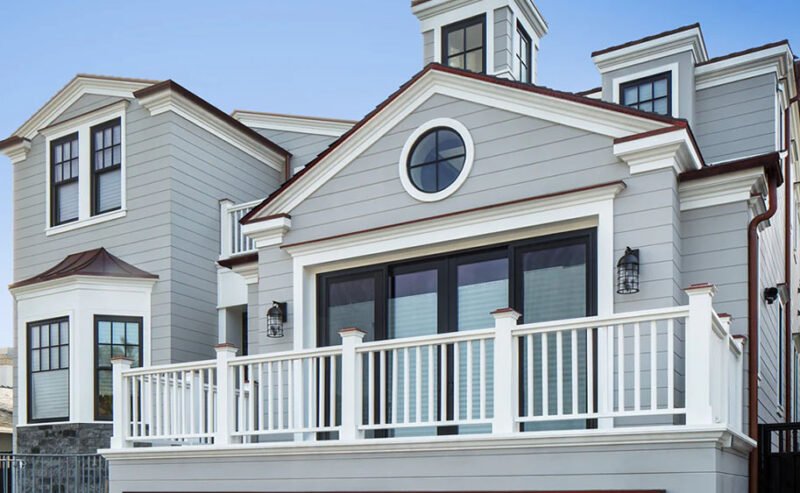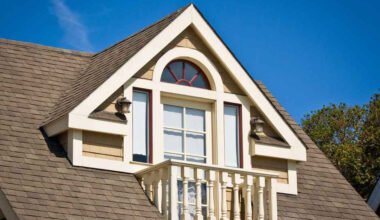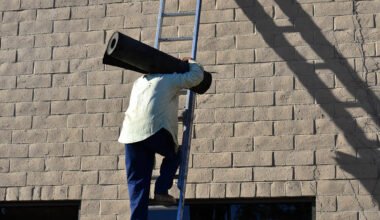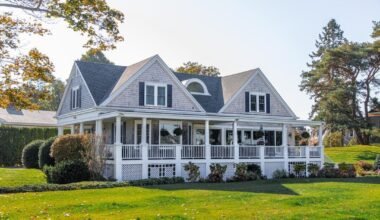Why House Siding Matters
House siding is vital in protecting and enhancing a home’s appearance. Beyond adding curb appeal, siding acts as a barrier against weather, moisture, and pests. The right choice in material can improve energy efficiency, reduce maintenance needs, and extend the life of your home’s exterior. For homeowners planning renovations, understanding why siding matters is the first step in making a smart investment that balances style with durability.
Budgeting for new siding involves evaluating long-term advantages and planning finances. Material, installation, and overall house siding cost will significantly influence the total expense. By comparing options and setting a realistic budget, homeowners can make confident decisions that enhance the home’s appearance and overall value, ensuring lasting protection and appeal.
Factors Affecting Siding Costs
Many variables play into the final cost of a siding project. Your home’s size and architectural shape directly affect the materials needed. Larger homes with multiple levels or complex layouts often require more labor and adaptations, increasing the price.
Another significant factor is the type and quality of siding material. Premium or specialty materials usually come at a higher price point but may offer better longevity or less frequent maintenance requirements. Regional factors, such as labor costs and local building code stipulations, also contribute to a wide range of pricing depending on where you live.
Top Materials and Their Price Ranges
Vinyl Siding
Vinyl siding remains one of the most popular and cost-effective choices for homeowners. It typically costs between $3 and $8 per square foot, is low-maintenance, and resists pests and weathering. However, extreme temperatures can cause it to warp or crack over time.
Wood Siding
Wood siding offers timeless appeal and natural insulation, but it requires regular painting or staining to protect against moisture and pests. Prices range from $6 to $12 per square foot. Wood is biodegradable and beautiful, but it is less durable without ongoing upkeep.
Fiber Cement Siding
Known for its strength and resistance to fire, fiber cement costs about $5 to $13 per square foot. It mimics real wood and is rot- and termite-resistant, but installation is more labor-intensive, which can drive up the total project cost.
Engineered Wood Siding
Engineered wood offers a compromise—real wood’s appearance at a lower cost and with greater durability. Expect to pay $4 to $9 per square foot. It’s easier to install than fiber cement, but you must still check for water-resistance features.
Evaluating each material’s longevity and environmental impact will help ensure you make a responsible investment that fits your priorities.
Labor and Installation Charges
Labor often constitutes 30–50% of your total siding budget. Costs can fluctuate based on contractor experience, local wage standards, and the complexity of your house’s design. Projects that require extensive scaffolding, custom fitting, or precise detailing will take longer and cost more.
Timelines for siding installation usually range from several days to a couple of weeks, and unexpected delays add cost. While DIY installation can be tempting if you have the experience, most homeowners benefit from hiring professionals to ensure correct installation and maintain material warranties.
Hidden Expenses to Consider
Permit and inspection fees can add a few hundred dollars or more to your final bill, depending on local regulations. Unexpected repairs—such as addressing water damage or rotten sheathing discovered during siding removal—are also common surprises.
Project changes, such as switching materials mid-stream or needing custom trim solutions, may also escalate the total price. It’s wise to plan for contingencies when you’re estimating your budget.
Budgeting Tips for Homeowners
Begin by determining the size of your home’s exterior and contacting several contractors for estimates. Most projects require a budget of $6,000 to $20,000, depending on materials, region, and home size. Always reserve a contingency fund of 10–15% to handle surprises.
Scheduling installation between late fall and early spring can help you secure better rates, as contractors tend to have fewer clients and may offer discounts during slower seasons.
Evaluate whether spending more on products with more extended warranties or higher energy efficiency ratings is worth it, as these options may save money over time.
How to Compare Siding Quotes
When comparing siding quotes, it’s crucial to thoroughly examine the details, including materials, labor, permits, and disposal fees. Avoid lowball quotes that lack specificity. Instead of focusing on cost per square foot, consider the overall value of durability, energy savings, warranty coverage, and the installer’s reputation. Ask about changes or delays, warranty support, and whether subcontractors or in-house employees are used. These questions ensure transparency and confidence in your final choice.
Making the Final Choice
When choosing siding, balance long-term value with upfront costs. Long-lasting and less maintenance siding is often worth the slightly higher initial cost. Prioritize curb appeal, sustainability, and home security. Use a summary checklist to compare options like material durability, ecological footprint, warranty length, installer reputation, and project price. Proactive planning and budgeting can lead to long-term benefits, including enhanced home protection, performance, and market value.






